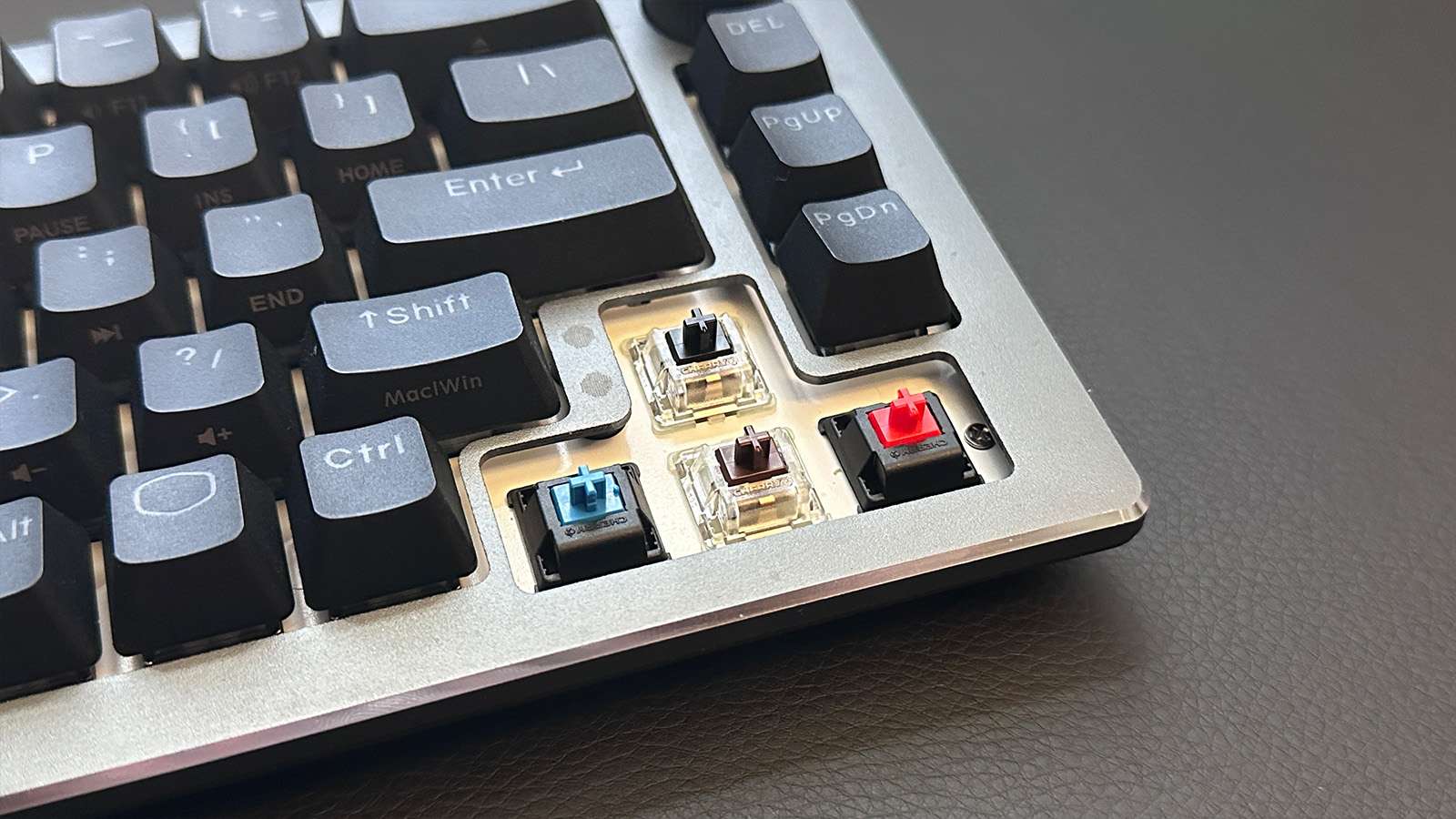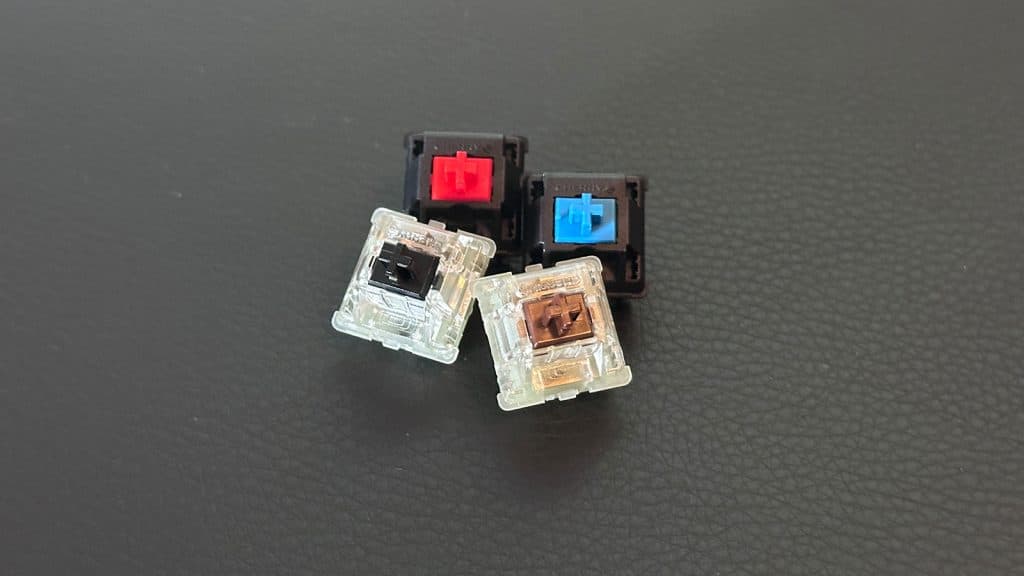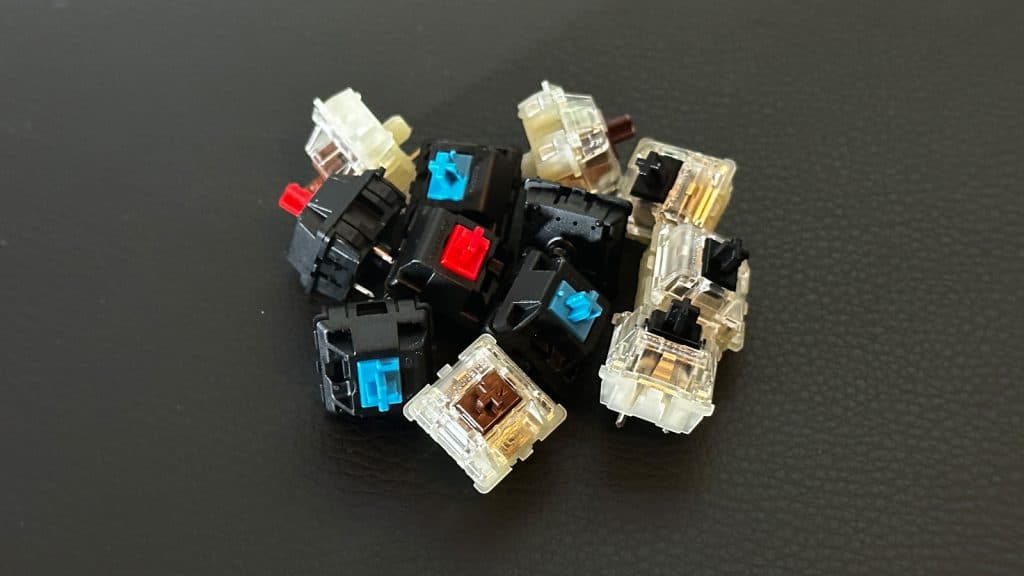Cherry’s new keyboard switches might be too little too late
 Dexerto
DexertoCherry’s new MX2A switches are the company’s successor to the iconic Cherry MX switch, but is the new drop all hype, or does it herald a new era for mechanical keyboards?
For a long time, if you wanted to get a mechanical keyboard, your only option for switches was with Cherry. The company held the patent on mechanical switches from 1984 until 2014, when you then saw the floodgates open, and the birth of a new hobby.
Companies like Gateron and Kailh have emerged since then, and HyperX, Razer, and other big brands have created worthy alternatives as well. So, after Cherry sent over their new MX2A switches, did they still manage to impress in a crowded market full of premium options?
 Dexerto
DexertoCherry MX2A switches lack major everyday improvements
When Cherry revealed the MX2A switches, a list of changes was revealed alongside it. For one, pre-lubrication on the switches assists with the smoothness of the actuation, as well as acoustics.
Cherry’s MX2A switches house a host of improvements, such as pin-point lubrication using enthusiast-approved materials, a new change in the space of its springs, in addition to adding a sib to the stems, in an attempt to reduce wobble. However, do those all really translate over well to real-world usage, or has the company done more? You can see a detailed list of the changes on Cherry’s website.
The question is, do these changes really affect your everyday typing experience? We tested the new Red, Blue, Black, and Brown switches to see if we could ascertain if all of these improvements are really going to be worthwhile. What we found was that the lubrication is by far the most notable change that the switches offer, while elements such as the different springs and supposedly stabilized stems never really made a difference in our everyday typing experience.
 Dexerto
DexertoWe found that the improvements to the stems were actually barely discernable from the previous, regular old Cherry stem. Moreover, boutique manufacturers might have outmaneuvered Cherry when it comes to overall typing feel, as when compared to things like Higround’s Geo switches, Cherry’s latest offering never really managed to stand out.
Moreover, the bigger switch brands that have emerged after the expiration of Cherry’s patent, like Kailh and Gateron, which are some of the most common brands, feel just as good. The kicker? They’re more often cheaper than Cherry switches, too. While it’s admirable that Cherry is putting efforts into initiatives such as reductions to plastic waste with its new packaging, we can’t help but feel that not much value here is being passed over to the consumer.
In fact, many big brands are choosing to ditch Cherry’s switches entirely, with companies like Kailh and Gateron being used in boards such as the excellent Cooler Master CK720. So, this leaves Cherry in a bit of a bind, where does it really manage to sit in a segment of the industry it helped to create?
For now, it seems like all of the innovation in switch manufacturing is heading over to those smaller brands, and boutique switch makers such as Gazzew, creators of the popular U4T, noted for its thocky sound. In fact, the custom keyboard community is so creative, that it even combines switches to create hybrids of their own, which is how the now-famous Holy Panda was born.
It’s this kind of creativity that Cherry’s new switches might be lacking, despite the improvements. To us, it just seems like the excitement is happening somewhere else. While Cherry was once the master of the key switch kingdom, it seems like their reign has ended, despite its best efforts to improve its once iconic lineup of keyboard switches with some much-needed improvements.
For more tech news, reviews, and other viral stories, head over to check out our coverage.



